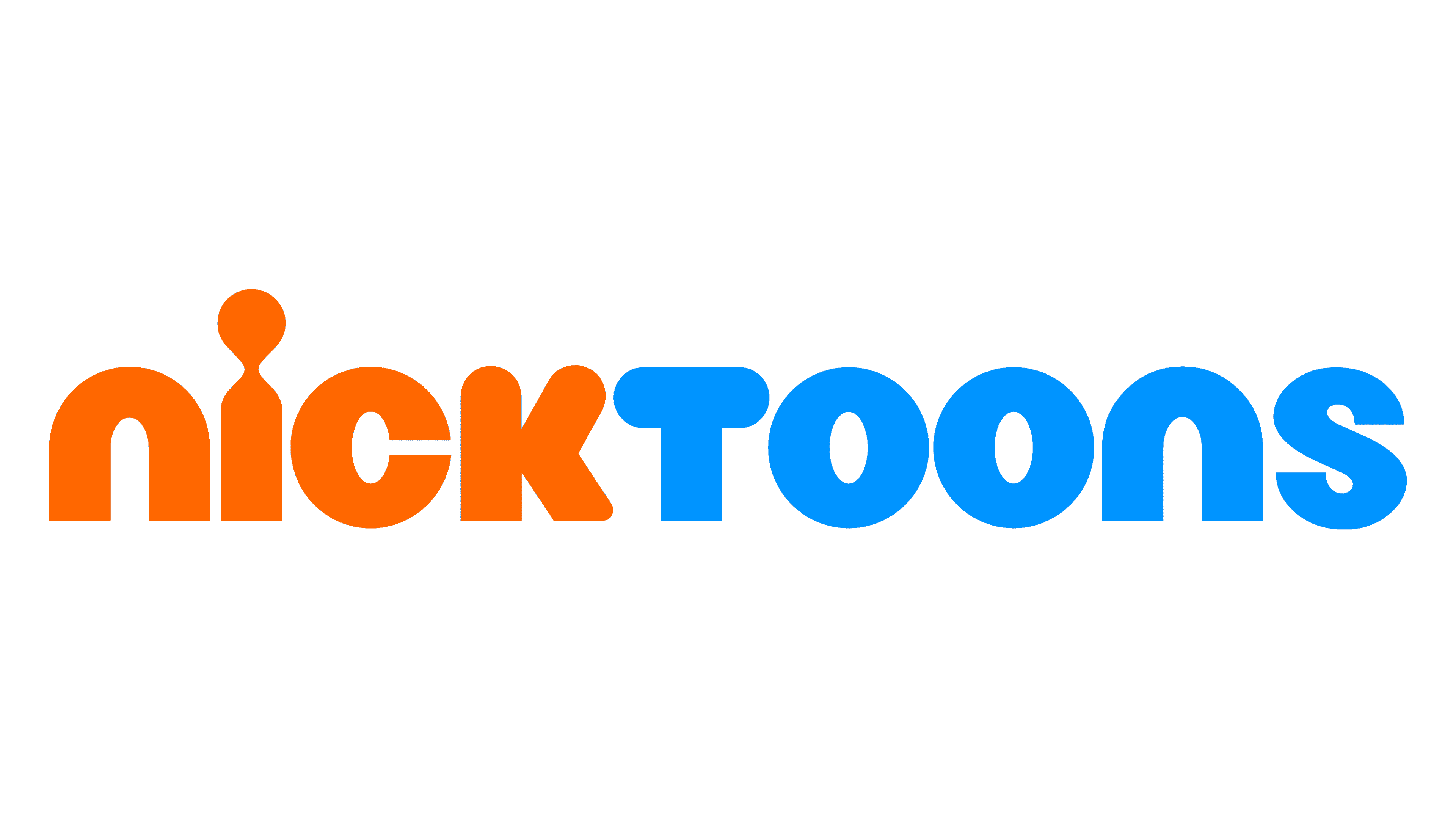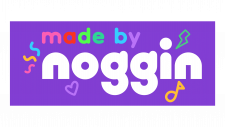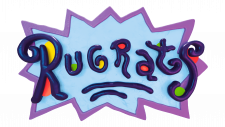Nicktoons Logo
Nicktoons, a vibrant branch of the Nickelodeon family, continues to captivate audiences with its array of animated shows. Focused primarily on children and young teens, its content ranges from whimsical adventures to educational themes. Notably, Nicktoons maintains a strong presence in the United States, but its influence extends globally, reaching diverse international markets. Ownership lies with ViacomCBS, a major player in the media and entertainment industry. This relationship enables Nicktoons to leverage extensive resources, ensuring its ongoing popularity and ability to innovate in the dynamic world of children’s entertainment.
Meaning and history
Nicktoons, a distinguished division within the Nickelodeon universe, embarked on its unique journey in the 1990s. It marked Nickelodeon’s audacious step into crafting original animated content, a move that distinguished it in a field predominantly filled with reruns.
The pioneering batch of shows, including the likes of “Doug,” “Rugrats,” and “The Ren & Stimpy Show,” not only carved out Nicktoons’ identity but also trailblazed a new path in kids’ TV. These shows were instrumental in setting Nickelodeon apart as a creative powerhouse in children’s entertainment.
As the millennium turned, Nicktoons entered a phase of growth and diversification. Standout series such as “SpongeBob SquarePants” and “Avatar: The Last Airbender” emerged, captivating a wider audience with their inventive narratives and artistic animation.
Ownership shifts have significantly sculpted Nicktoons’ story. Initially a Viacom entity, it transitioned into the broader realm of ViacomCBS, following a strategic merger. This transition infused Nicktoons with enhanced resources, propelling it into various new avenues, including the burgeoning world of digital streaming.
The evolution of animation technology also reshaped Nicktoons’ landscape. The integration of digital techniques fostered a new wave of storytelling richness and visual flair, evident in the intricate plots and elevated production quality of its later series.
Facing the rise of streaming giants and digital content platforms in the 2010s, Nicktoons maintained its innovative edge. It embraced interactive and multi-platform strategies to keep its young viewers engaged and connected in an increasingly digital era.
Nicktoons stands as a symbol of adaptability and resilience in children’s programming. Despite the shifts in ownership, technology, and competitive markets, its foundational mission to delight and inspire young audiences has remained steadfast. This enduring dedication positions Nicktoons as a relevant and influential player in the dynamic world of children’s media.
What is Nicktoons?
Nicktoons is a vibrant, animated television universe, originally emerging as a specialized segment of Nickelodeon. Renowned for its original and imaginative animated series, it has carved out a distinct niche in children’s entertainment, consistently pushing the boundaries of creativity and storytelling in animation.
2002 – 2003
The logo presents a bold, playful design, embodying the spirit of animated entertainment. A vivid orange splat, evocative of a painter’s spontaneous stroke, forms the backdrop to the word “NICK,” set in a chunky, white font that jumps out at the viewer. This word is bisected by a dynamic, deep blue globe, suggesting the network’s global reach and its universal appeal to children. The suffix “toons,” in a contrasting yellow, nestles snugly beneath “NICK,” reinforcing the channel’s dedication to cartoons. Completing the composition is “tv” in lowercase, encased in two overlapping speech bubbles, symbolizing communication and the conversational nature of the brand. The entire logo radiates a sense of fun and imagination, key ingredients of the Nicktoons brand identity.
2003 – 2004
This iteration of the Nicktoons logo exudes a sense of dynamic energy and artistic freedom. A series of orange loops and squiggles dance around the word “Nicktoons,” suggesting a sense of boundless imagination and the unpredictable nature of cartoon storytelling. The font is bold and playful, with “Nicktoons” emblazoned in a bright orange that pops against a plain background, signaling the channel’s focus on fun and engaging animated content. Unlike its predecessor, this design forgoes additional graphic elements like the globe and speech bubbles, opting for a cleaner, more streamlined look that allows the name itself to become the centerpiece. The result is a logo that is both exuberant and focused, a visual representation of a channel dedicated solely to the joy of animation.
2004 – 2005
Transitioning from its previous design, this Nicktoons logo adopts a cooler color palette, switching from a fiery orange to a serene blue. The iconic splatter shape remains, but it’s now reimagined with a gradient of blues, giving a refreshing, almost aqueous feel, possibly alluding to the fluidity and flow of animation. The text “Nicktoons” stands out in a deeper shade of blue, providing a strong visual anchor against the lighter splash background. The font maintains its playful and bold stance but now feels more integrated into the splat, as if it is a part of this animated burst itself. This design iteration speaks to a blend of energy and coolness, hinting at both the excitement of cartoons and a creative oasis for young viewers.
2005 – 2009
The logo features a striking orange globe, intersected by a white plane that suggests a satellite orbiting Earth, a metaphor for global broadcasting. Next to the globe is the “Nicktoons” text, bold and confident in white, emphasizing the brand’s reach and focus on animated content. Beneath, the word “Network” in smaller letters grounds the logo, reinforcing the idea of an interconnected community of viewers and creators. The entire image is encapsulated within an encompassing orange hue, reminiscent of the brand’s playful and energetic ethos. This logo’s simplicity speaks volumes about the network’s ambition to be a central hub for animated entertainment across the globe.
2009 – 2014
The logo displays a minimalist and modern typeface with the “nick” portion in a warm orange and the “toons” in a vibrant red. This color choice represents a playful and energetic branding, reflective of the channel’s focus on dynamic and lively animated content. The unique feature of the logo is the small orange droplet above the ‘i’, a subtle nod to the network’s creative essence and its origin in the Nickelodeon family. This iteration of the logo communicates Nicktoons’ confident presence in the digital era, with a nod to its playful roots through the use of bright, contrasting colors.
2014 – 2016
This logo iteration introduces a refreshing twist, substituting the red of the previous design with a vivid lime green for the “toons” portion, creating a striking contrast with the orange “nick.” This color change injects a new level of vibrancy and modernity into the logo, reflecting a trend towards more electric and eye-catching designs in digital media. The playful droplet above the ‘i’ remains a distinctive feature, continuing the playful theme inherent in the Nicktoons brand. The dual-tone color scheme effectively highlights the network’s focus on innovation and its commitment to remain at the forefront of children’s entertainment in the animation genre. This evolution in the logo’s color palette signifies a brand that’s continuously evolving while maintaining its core identity.
2016 – Today
In this logo, the “toons” part of “nicktoons” transitions from a lively lime green to a cool blue, a palette swap that evokes freshness while maintaining the brand’s energetic essence. This color change is a subtle yet significant refresh, suggesting clarity, trustworthiness, and stability—qualities that resonate with a broad audience and reflect the network’s reliable presence in children’s entertainment. The iconic droplet above the ‘i’ stays consistent, a creative signature that connects the logo back to its Nickelodeon roots. The continued use of vibrant colors aligns with the network’s animated spirit, yet this new shade of blue adds a layer of sophistication to the brand’s playful image.


















